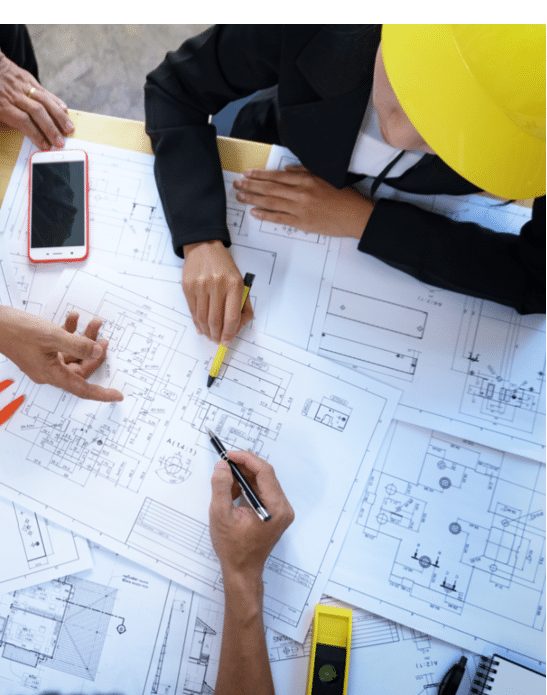Diving to new depths to reach new highs
Diving to new depths to reach new highs: This year has been a record one for Frewer Engineering’s Design and Analysis business since the company was first established in 2003, despite the challenges of the global pandemic and the adoption of remote working for most of the staff. It is due to natural growth in each of the recently developed divisions that now form: Advanced Composites; Advanced Engineering and CFD & Advanced Analysis.
The recent move to divisional working within the company has highlighted to some customers that there are business strengths outside the envelope than were perhaps previously perceived. “Increasingly, it’s becoming apparent that customers are recognising Frewer’s strength in combining expertise from across its divisions and skill sets,” says Matthew Jeffreys, Divisional Head of Advanced Composites. “Customers with composite structural design requirements may well also require, for example, CFD analysis, whether that’s through air or water. Our approach of working seamlessly across divisions enables us to offer our customers combined expertise and capabilities all under one roof.”
Diving to New Depths – Marine Defence Projects

Reaching New Highs – Aerospace Projects

“The customer is keen to test the engine accurately, so the structure holding it is vital to the overall function. It supplies all the services to the engine and simulates the stiffness of the wing allowing each element to be tested to ensure it behaves as intended. Special interest for us will be the performance of new Frewer-designed complex seals which have to operate correctly under severe loading conditions and deflections.”
Meeting the Design Intent

Frewer capability in composite design extends to manufacturing methods do’s and don’ts – which, if ignored, can undo all the great design and analysis work put into the project. A shift in emphasis can result in a structurally compromised product and a part not fit for purpose. Geometrically it might be the same, but the performance and function may not be and that is the danger.
Matthew Jeffreys concludes: “Being structural analysts we appreciate that the subtle nuances of the design can easily be overlooked at the manufacturing stage. It is vitally important to respect the design intent so, in addition to offering a fully-managed, low-risk, turnkey, analysis and design service – to the benefit of our customers in many industry sectors – we also offer advice on manufacturing considerations. This, we believe, really sets us apart from our competitors.”
